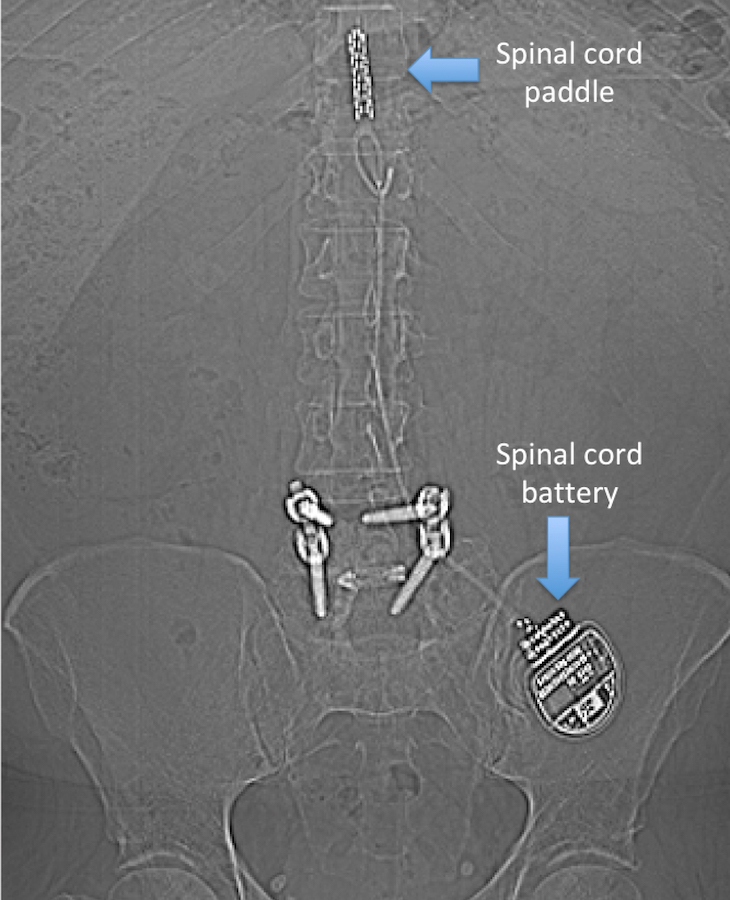


Spinal cord stimulator horror stories how to#
Researchers are now working with more stroke patients to see how to best control the pattern of stimulation, the best placement for the arrays and which patients are best suited for the approach. That should make it feasible to quickly adopt the approach in patients once it has been tested further, he said. The stimulator, originally designed to treat pain, is readily available, and the procedures and techniques used to implant the device "are ones that physicians and medical facilities are already very familiar with," said Weber, of Carnegie Mellon University. Neurosurgeon Peter Gerszten explains the electrodes’ implantation procedure to study participant Heather Rendulic at UPMC Presbyterian hospital. Stimulation delivered from the array strengthens the signal sent from the nerves to the brain. The electrode array, which co-author Douglas Weber described as "kind of like a spaghetti noodle," is implanted on the spinal cord during minimally invasive surgery. In addition to restoring motion, the device seems to allow stroke patients to recover the sensation of where their arms are in space, improving their motor control, she said. "It means we can progress faster on the training of these patients," she said, "and get them to a higher level than we can do with any other technology." Stimulating the spinal cord below the damage allows messages to get through and restore some – though not perfect – function, he said.Īny motion after years of paralysis will allow stroke patients to benefit from rehabilitation again, said study co-author Elvira Pirondini, who works with Capogrosso at the Spinal Cord Stimulation Laboratory at the University of Pittsburgh School of Medicine. New approach to stroke treatmentĪfter a stroke, even more than spinal cord injury, there's likely to be some signal still passing from the brain to the muscles, said Peter Grahn, an engineer at the Mayo Clinic, who wasn't involved in the study but works in the field and lives with spinal cord injury himself. Lee Fisher, left, and Marco Capogrosso, observe the implantation of the spinal cord stimulation electrodes at UPMC Presbyterian hospital. Patients typically get intensive rehabilitation therapy for a few months after a stroke, and improvements come much more slowly after six to 12 months.īut the new research shows electrical stimulation of the spinal cord can return at least some movement control to stroke patients even years later.


The risk of stroke generally rises with age, though some survivors, like Rendulic, are young. More than 5 million Americans live with movement problems after a stroke. So far, a small number of people around the world who were told they'd never move their arms or legs again have regained some motion – standing, stepping, even pedaling a bicycle.īut far more people suffer from stroke than spinal cord injury. The technique, called epidural stimulation, was developed to treat people paralyzed by spinal cord injuries. The results, published Monday in the journal Nature Medicine, mark the first time such stimulation has been used to restore arm and hand movements to people immobilized by stroke.
Spinal cord stimulator horror stories trial#
Rendulic was one of two stroke patients in a pilot clinical trial at the University of Pittsburgh. Stroke patient Heather Rendulic cuts steak by herself for the first time in nearly a decade at the Rehab Neural Engineering Labs at the University of Pittsburgh.


 0 kommentar(er)
0 kommentar(er)
